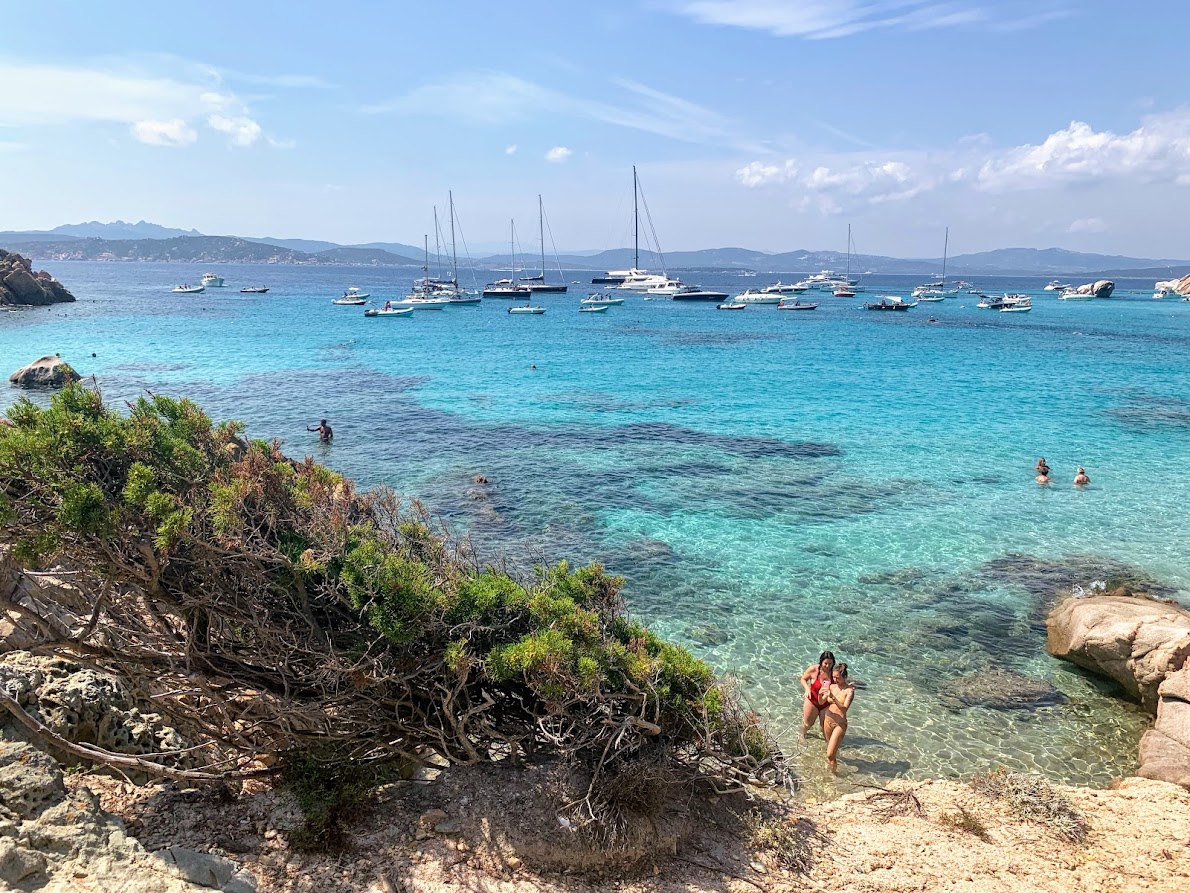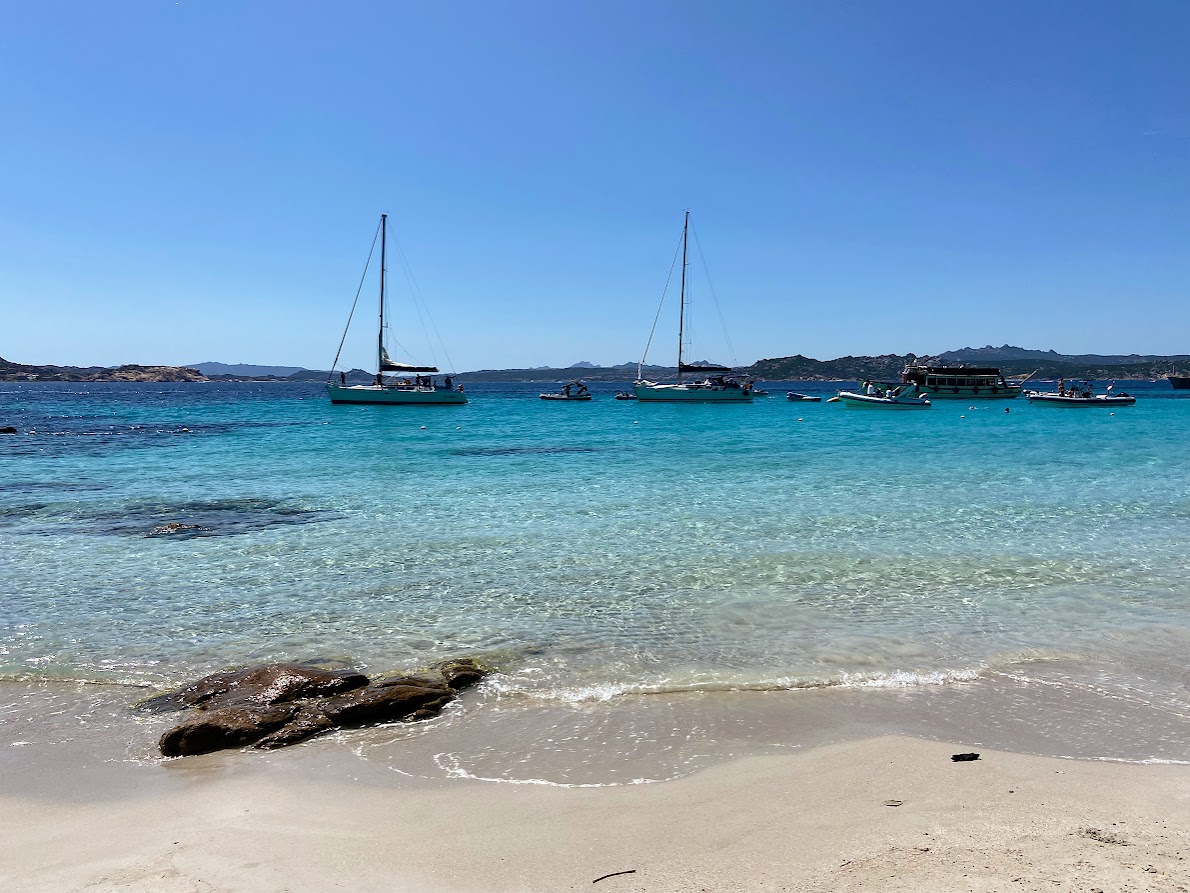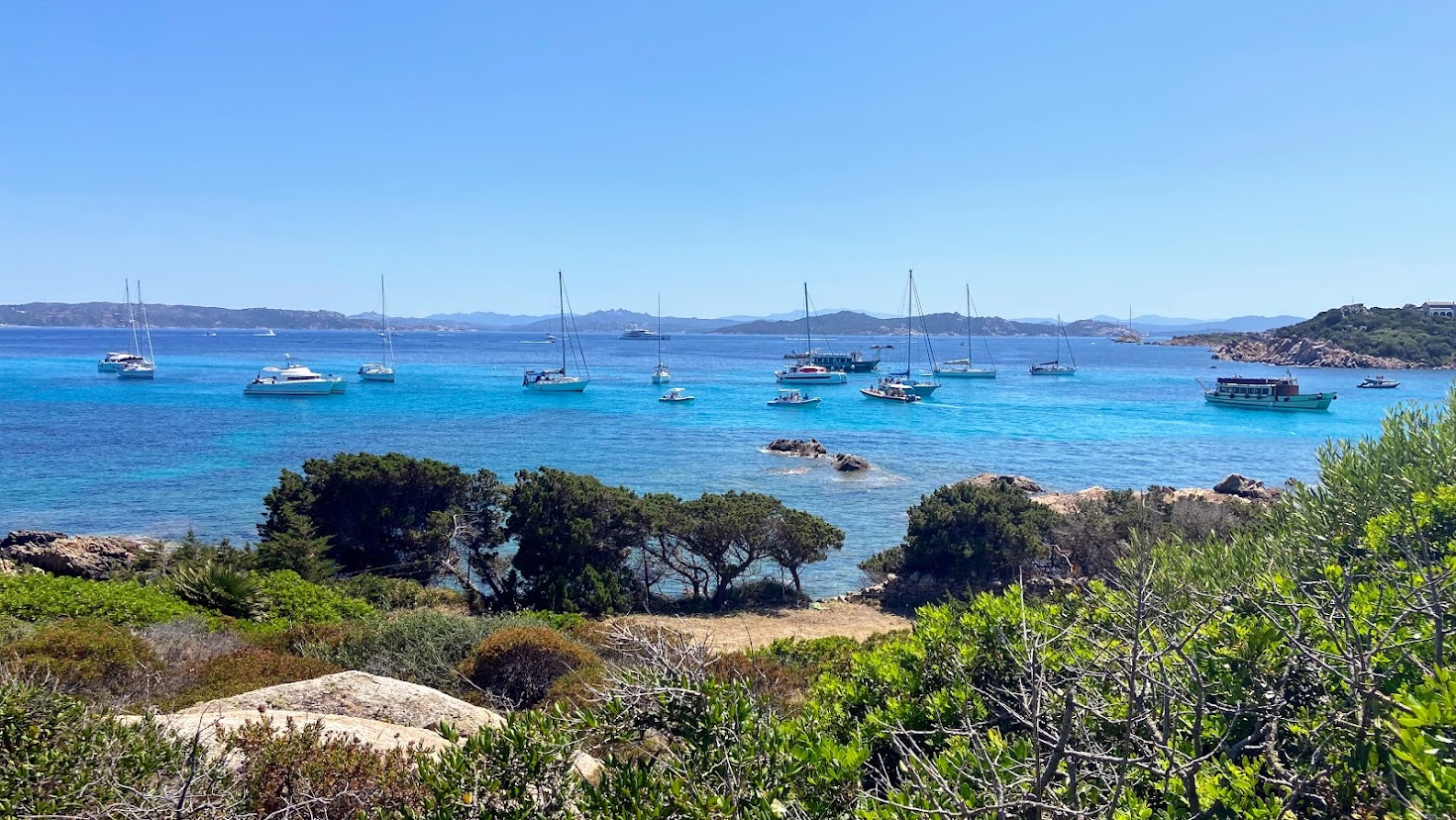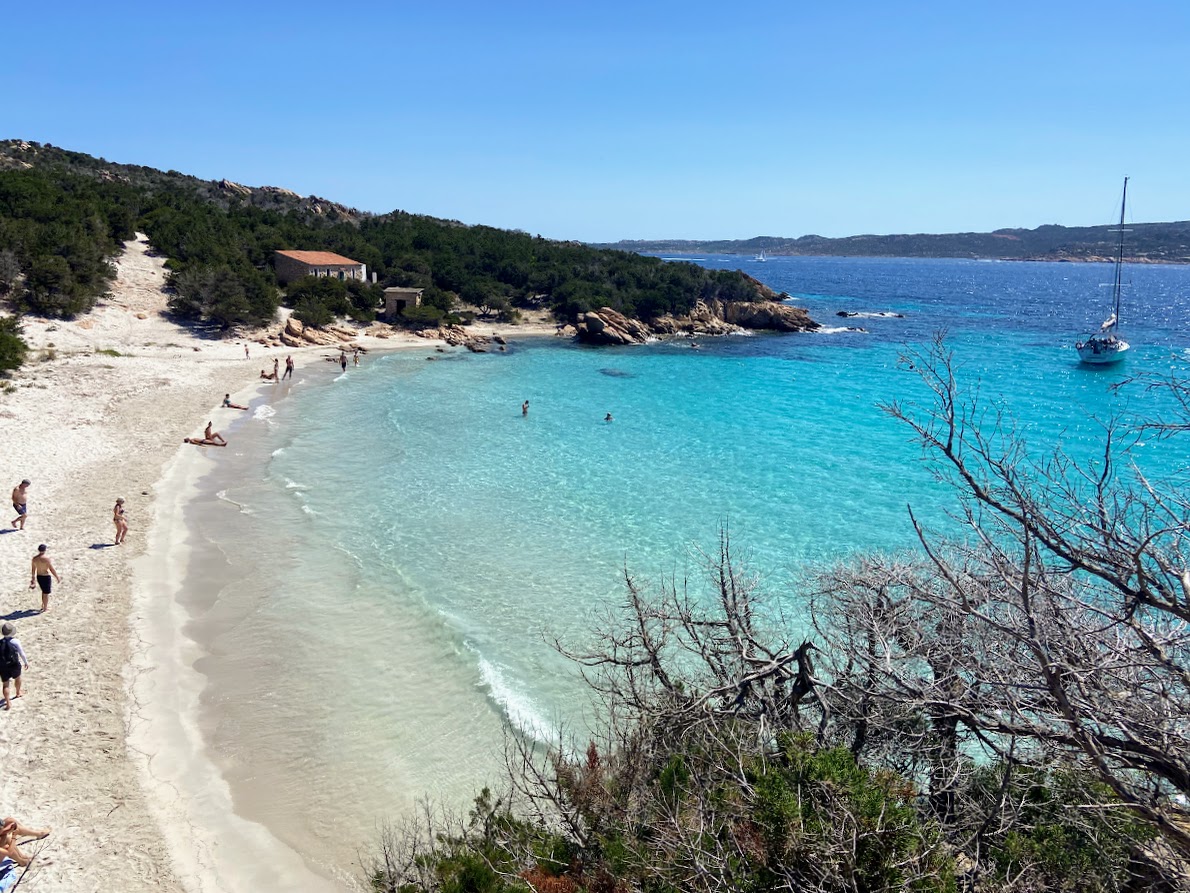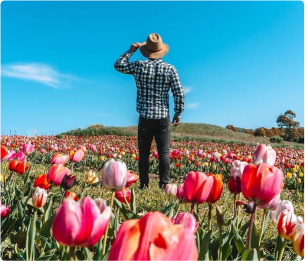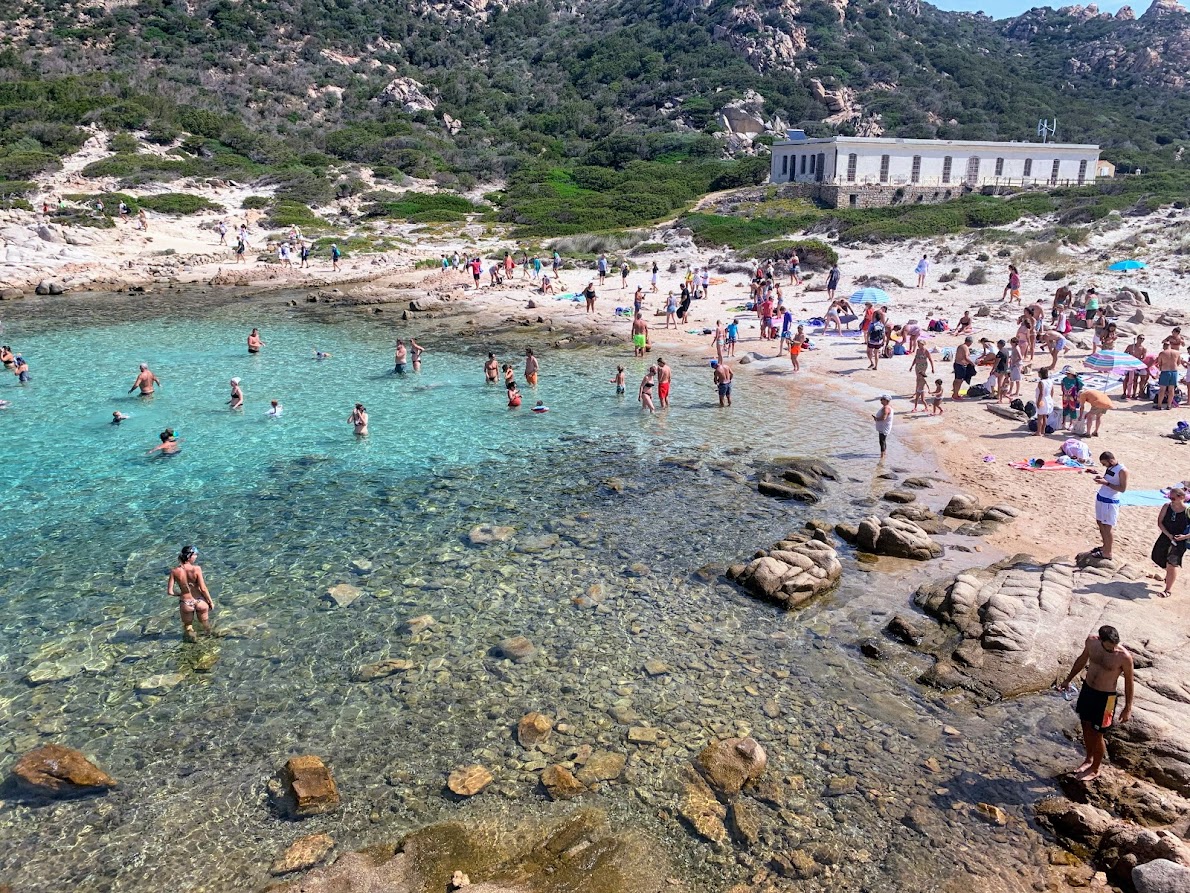
La Maddalena
The Archipelago and La Maddalena National Park are named after the only inhabited center on the main island, a paradise of endless natural and historical-cultural attractions in the north-east of Sardinia, which once attracted military commanders and today captures the desires of tourists from all over the world. The largest archipelago of the Gallura region and all of Sardinia is a protected national park, established in 1994. Inhabited since prehistoric times, the island was abandoned after the fall of the Western Roman Empire, and it wasn’t until the 17th century that a colony of Corsican shepherds settled here, creating the current community. The strategic location of the main island, with the obligatory passage through the Strait of Bonifacio, made it a military base (as evidenced by the fortress open to the public today) and attracted, among others, Napoleon Bonaparte, who was repulsed by a fleet led by Domenico Millelire (1973), a native of La Maddalena. La Maddalena has long been a base for the Italian and US navies, it was removed from service only in early 2008. US submarines were stationed on Santo Stefano, the fourth largest island of the archipelago. Today, La Maddalena hosts a cadet school and is home to a naval detachment. There is one 45-kilometer road around the entire perimeter of the main island of Maddalena. It offers breathtaking views, granite and porphyry bordering jagged stretches, separated quiet bays, white beaches and turquoise seas. The island is an ideal destination for a holiday full of natural beauty; three kilometers from the largest town of La Maddalena you will discover the fjord of Cala Francese, a famous quarry of rare granite that has been a great wealth for centuries. Heading south, along the Padula embankment, you’ll reach the Eagle’s Nest (Nido d’Aquila) near the military fortress, and nearby is another wonder of sand and smooth rocks, Punta Tegge. To the north are bays formed by dunes of very fine white sand, surrounded by rocks shaped by time: Cala Lunga, Monti d’Arena and Bassa Trinita, a beach on which stands a small church from the eighteenth century. To the east you will admire the beautiful bay of Spalmatore; cream colored sand framed by Mediterranean scrub and decorated with pink rocks. The town of La Maddalena, the only one on the archipelago, has over eleven thousand inhabitants. The harbor overlooks Palau, a 15-minute ferry ride away. The cobbled streets of the center are framed by buildings from the late 18th century and the parish church of Santa Maria Maddalena. Its sacristy houses the Diocesan Museum of Sacred Art, where the patron’s jewels are displayed, including a crucifix and two silver candlesticks donated by Admiral Nelson (1804). It is a place of historical memory of the city. In the small port of Cala Gavetta stands a column with the image of Giuseppe Garibaldi, who lived for the last 26 years on Caprera, the second largest island of the archipelago, connected to Maddalena by the Moneta Pass – an artificial isthmus 600 meters long. Caprera was the “garden” of the Hero of the Two Worlds, known today for the Garibaldi Compendium, the most visited museum in Sardinia. Unspoilt greenery is surrounded by beautiful coves, one more beautiful than the other: Cala Coticcio, Sardinian Tahiti), Cala dei Due Mari and Relitto Beach. In Stagnali, a military village during the world wars and now an environmental education center, there is a naturalistic geomineralogical museum where you will admire rocks and rare minerals such as huge quartz crystals, beach sands and fossils. In the city, you can continue your cultural tour at the Maritime Museum and the Nino Lamboglia Maritime Archaeological Museum, dedicated to the wreck of the Spargi, a Roman cargo ship that sank in the waters of the third largest island of the archipelago around 120 BC. You will see a reconstruction of the cross-section of the hull with 200 wine amphorae and table vases found inside on the sea floor. The already mentioned and the third largest, Spargi Island offers you, in addition to diving, masterpieces of nature, among which stands out the Cala Corsara, four coves with impalpable sand, surrounded by junipers, cytisus trees and sea lilies. From the port of La Maddalena, you will go by boat to discover the other islands of the park: the neighboring Santo Stefano, full of little coves, granite quarries and accommodation facilities; Budelli, famous for the legendary (and inaccessible) Rose beach, where Antonioni’s film ‘Red desert’ was filmed; the beautiful Razzoli and Santa Maria and the granite Bisce and Mortorio, overlooking the Emerald Coast, home to rare avifauna.
